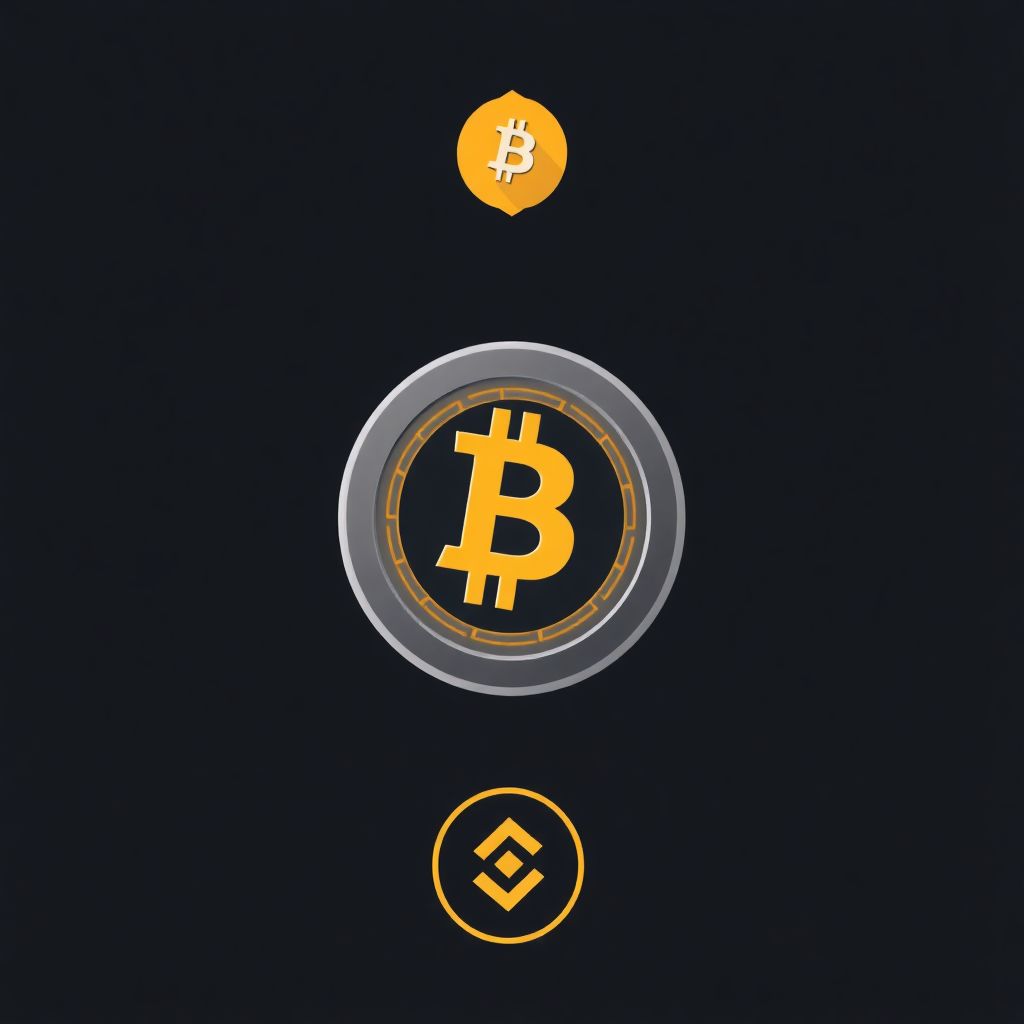Crypto markets saw a notable rebound on October 20, with major digital assets reversing recent losses as signs of easing tensions between the United States and China boosted investor confidence. Bitcoin (BTC), Ethereum (ETH), XRP, Binance Coin (BNB), and Solana (SOL) all posted modest gains, recovering from a weekend marked by steep declines and heightened volatility.
The total market capitalization of cryptocurrencies rose by 3% in the past 24 hours, climbing to $3.8 trillion. This recovery followed a flash crash over the weekend that triggered over $20 billion in liquidations and sent shockwaves through the market. Despite the bounce, investor sentiment remains fragile, with the Crypto Fear & Greed Index holding steady at 29—still in the “fear” territory.
Bitcoin rose 1.2% to regain ground above $110,000, while Ethereum advanced 2% to reach $4,041 after previously dipping below $3,700. Other altcoins such as BNB, XRP, and Solana also saw gains between 1% and 2%. However, the mood among traders remains cautious, particularly after a spike in liquidations. Data from CoinGlass indicates that liquidations surged 209% over the previous day, totaling $440 million as leveraged traders were caught off-guard by the market’s sharp swings.
Increased open interest, now at $152 billion (up 3%), and an Altcoin Season Index reading of 39 suggest a neutral stance among investors, with no clear dominance of either Bitcoin or altcoins in the short term.
The recent market upswing has been largely attributed to geopolitical developments. Senior officials from China and the United States are scheduled to meet ahead of the Asia-Pacific Economic Cooperation (APEC) Summit in South Korea. The meeting, confirmed by U.S. Treasury Secretary Scott Bessent and reported by Chinese state media, signals a willingness from both sides to de-escalate trade tensions that have lingered for months.
These talks follow threats of new tariffs and countermeasures, including a potential Chinese restriction on rare earth mineral exports—a move that could disrupt key supply chains in the U.S. technology and defense sectors. China has also indicated it may retaliate against any future U.S. tariffs and is increasingly distancing itself from reliance on American semiconductor technology.
Market analysts believe that any progress in these negotiations could reduce global uncertainty and reignite appetite for risk assets like cryptocurrencies. Optimism is also being fueled by expectations surrounding the upcoming Fed policy meeting on October 28–29. Futures markets are pricing in a 95% probability of a 25-basis-point rate cut. Lower interest rates typically weaken the U.S. dollar and encourage investment in higher-risk assets such as Bitcoin and Ethereum.
Adding to the bullish sentiment are regulatory and institutional developments. Several exchange-traded fund (ETF) proposals focused on spot and altcoin markets—particularly those involving Solana and XRP—are approaching key decision dates, and traders are hopeful for approval. If greenlit, these ETFs could attract significant institutional capital and lend further credibility to the crypto sector.
Coinbase Institutional recently released a report highlighting three major macro trends shaping the final quarter of the year: the growing use of stablecoins, a surge in global liquidity, and a clearer regulatory environment. Stablecoin activity, both in terms of issuance and trading volume, has reached year-to-date highs, reflecting their increasing role as a bridge between traditional finance and blockchain ecosystems.
Moreover, expanding global money supply is contributing to a more liquid financial environment, enabling greater risk-taking across markets. In parallel, regulatory clarity—particularly in the U.S. and Europe—is fostering a more predictable framework for institutional players to engage with crypto assets.
Beyond macroeconomic and geopolitical factors, technological and structural shifts within the crypto industry are also playing a role in shaping investor sentiment. The rise of decentralized autonomous organizations (DAOs), innovations in decentralized finance (DeFi), and improvements in blockchain scalability are all contributing to a more mature and diverse digital asset landscape.
Retail investor activity is also on the rise, driven in part by increasing media coverage and the perception of crypto as a hedge against inflation and fiat currency depreciation. Additionally, reports suggest that the U.S. government may now hold over 327,000 bitcoins—an indication of growing state-level involvement in the crypto economy.
Looking ahead, the final months of the year are likely to be shaped by a complex mix of central bank policies, geopolitical developments, and regulatory decisions. With the next Federal Reserve meeting less than two weeks away, markets are bracing for further volatility. However, if interest rates are indeed lowered and U.S.-China trade talks yield positive outcomes, the crypto market could build on its recent recovery and enter a new phase of growth.
Meanwhile, the potential approval of new crypto ETFs and rising institutional interest are expected to provide a strong foundational layer for long-term adoption. As the overall infrastructure of the digital asset market continues to evolve, increased stability and transparency could help reduce the boom-bust cycles that have historically defined crypto investing.
In summary, while the immediate rebound in crypto prices is encouraging, sustained growth will depend on a broader alignment of macroeconomic, political, and technological factors. Investors are advised to remain cautious but watchful, as the interplay between global events and blockchain innovation continues to reshape financial markets in real time.

